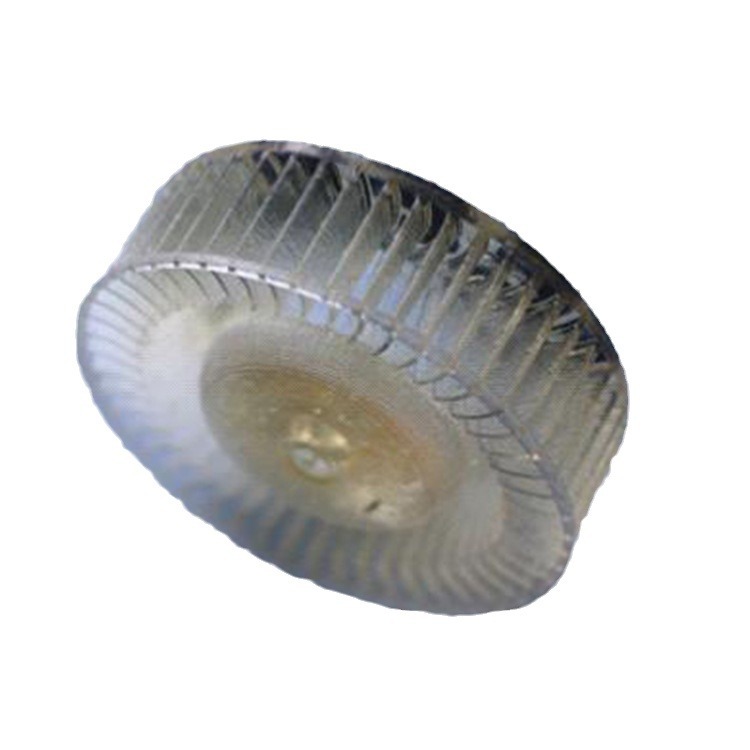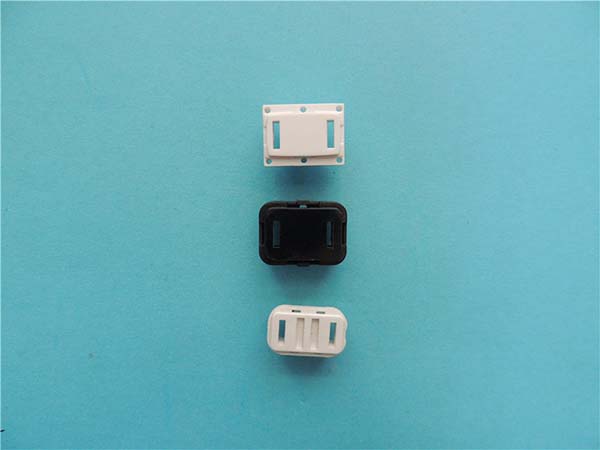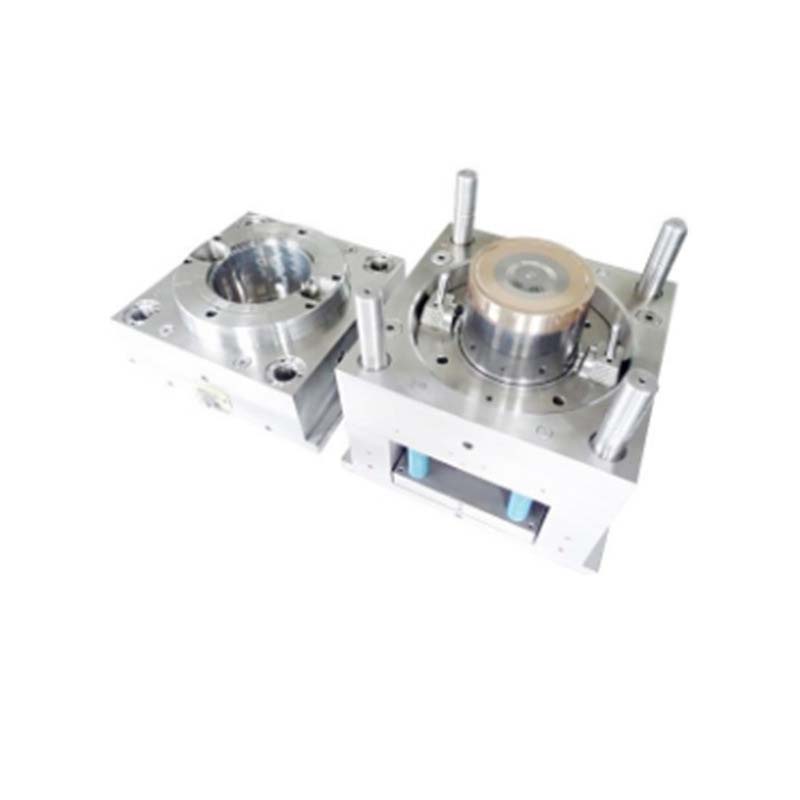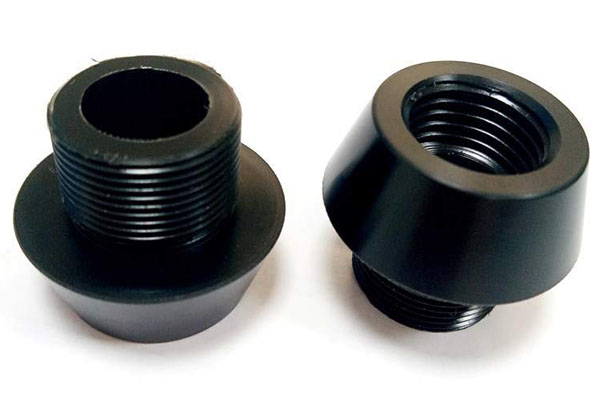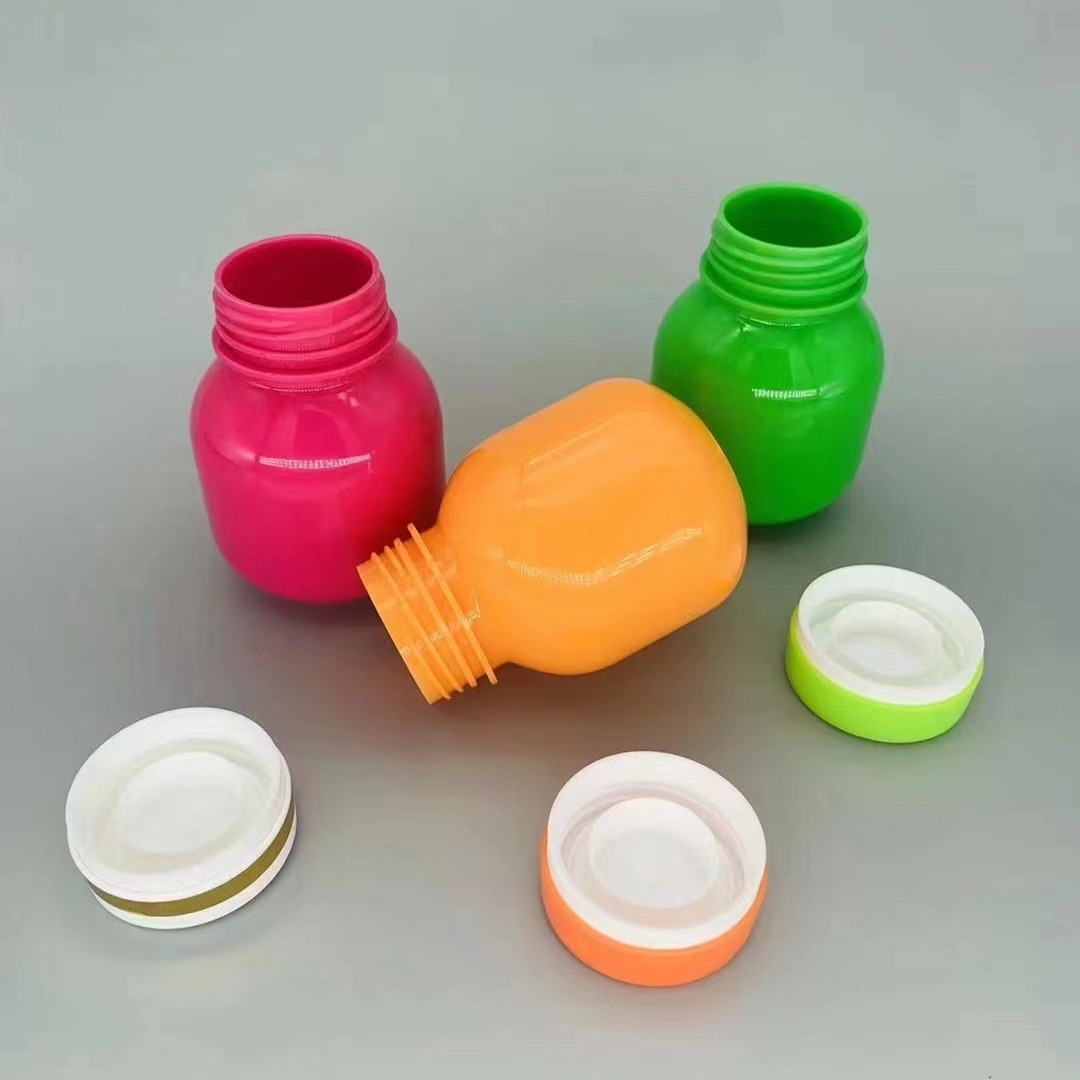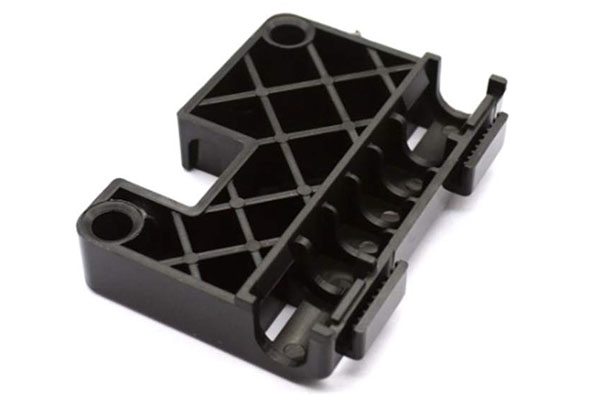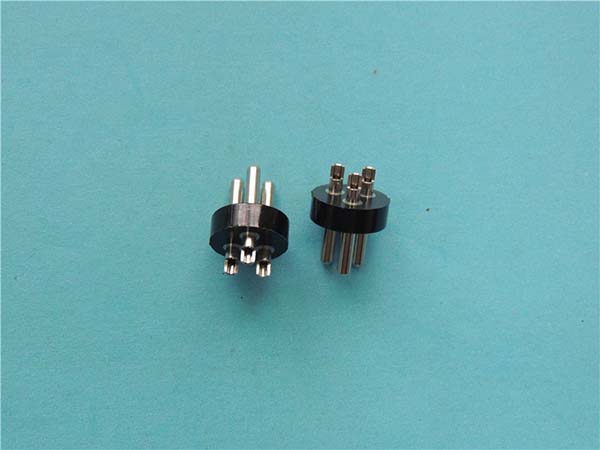Introduction to Polyamide and Nylon
Polyamide (PA) and nylon are often used interchangeably in industrial contexts, but they represent distinct categories within polymer science. Polyamide is a broad class of synthetic polymers characterized by repeating amide (-NHCO-) groups in their molecular structure. These amide linkages confer unique properties, such as high strength, durability, and resistance to chemicals. Polyamides can be further classified into aliphatic, semi - aromatic, and aromatic types based on the nature of their polymer backbone.
Nylon, a subset of polyamide, refers specifically to aliphatic polyamides derived from diamines and dicarboxylic acids (e.g., Nylon 66, Nylon 6). The naming convention for nylons indicates the number of carbon atoms in the diamine and dicarboxylic acid monomers. For example, Nylon 66 is synthesized from hexamethylenediamine (6 carbon atoms) and adipic acid (6 carbon atoms). Nylons are widely recognized for their excellent mechanical properties, abrasion resistance, and thermal stability, making them suitable for a wide range of applications.
Yigu Technology clarifies their differences, compares their properties, and guides readers in selecting the right material for applications in automotive, textiles, and engineering.
Chemical Structure and Classification
Polyamide: The Broader Family
Polyamides are a diverse group of polymers, and their chemical structure is defined by the presence of amide linkages (-NHCO-). This fundamental structure endows polyamides with their characteristic properties. Based on the nature of their polymer chains, polyamides are classified into three main types:
- Aliphatic Polyamides: These have linear chains without any aromatic rings. Examples include Nylon 6 and Nylon 66. The absence of aromatic rings gives them a degree of flexibility and toughness. Yigu Technology For instance, Nylon 6 has a structure where the repeating units are joined in a linear fashion, allowing the polymer chains to bend and stretch to some extent. This flexibility makes aliphatic polyamides suitable for applications where a combination of strength and flexibility is required, such as in textile fibers.
- Semi - Aromatic Polyamides: As the name implies, these polyamides combine aliphatic and aromatic segments in their polymer chains. Examples are PA4T and PA6T. The aromatic segments enhance the heat resistance of the polymer. Yigu Technology For example, PA6T can withstand higher temperatures compared to many aliphatic polyamides due to the presence of aromatic rings in its structure. This makes semi - aromatic polyamides useful in applications where components need to maintain their integrity at elevated temperatures, like in some automotive engine parts.
- Aromatic Polyamides: These have fully aromatic structures. An example is Kevlar®. The highly ordered and rigid aromatic structure gives them extreme strength and excellent flame resistance. Kevlar®, for instance, is used in bulletproof vests because of its remarkable tensile strength, which is a result of the strong intermolecular forces and the rigid aromatic backbone of the polymer.
Nylon: Aliphatic Polyamides in Focus
Nylon materials, which are a subset of aliphatic polyamides, are some of the most widely used polymers in various industries due to their favorable balance of cost and performance. The two most common types, Nylon 6 and Nylon 66, have distinct synthesis methods:
- Nylon 66: It is synthesized through a condensation reaction between hexamethylenediamine (which has 6 carbon atoms) and adipic acid (also with 6 carbon atoms). The chemical reaction can be represented as follows: \(nH_2N(CH_2)_6NH_2 + nHOOC(CH_2)_4COOH \rightarrow [NH(CH_2)_6NHCO(CH_2)_4CO]_n + 2nH_2O\). This reaction results in the formation of long polymer chains with amide linkages, and the elimination of water molecules.
- Nylon 6: It is produced via ring - opening polymerization of caprolactam, which contains 6 carbon atoms. The caprolactam molecule has a cyclic structure, and during polymerization, the ring opens up, and the monomers link together to form the polymer chain. The reaction can be initiated by heat or a catalyst, and the resulting Nylon 6 has a different chain structure compared to Nylon 66, which affects its properties.
The following table summarizes the differences in the chemical structure and classification of polyamide and nylon:
| Classification | Sub - Classification | Chemical Structure Features | Examples | Synthesis Method |
| Polyamide | Aliphatic Polyamides | Linear chains, no aromatic rings | Nylon 6, Nylon 66 | Nylon 6: Ring - opening polymerization of caprolactam; Nylon 66: Condensation of hexamethylenediamine and adipic acid |
| Semi - Aromatic Polyamides | Combines aliphatic and aromatic segments | PA4T, PA6T | Polymerization of monomers with both aliphatic and aromatic components | |
| Aromatic Polyamides | Fully aromatic structures | Kevlar® | Polymerization of aromatic monomers | |
| Nylon (a subset of aliphatic polyamides) | - | Aliphatic chains with amide linkages | Nylon 6, Nylon 66 | As described above for Nylon 6 and Nylon 66 |
Physical and Mechanical Properties
Key Performance Metrics
The physical and mechanical properties of polyamides and nylons are crucial factors in material selection. These properties determine how a material will perform in different applications, from withstanding mechanical stress to maintaining dimensional stability under various environmental conditions. The following table compares the key physical and mechanical properties of common polyamides and nylons:
| Property | Nylon 6 | Nylon 66 | Semi - Aromatic Polyamide (e.g., PA6T) |
| Melting Point (°C) | 220–225 | 255–265 | 280–320 |
| Tensile Strength (MPa) | 75–85 | 80–90 | 100–130 |
| Water Absorption at Equilibrium (%) | 3.5 | 1.5 | <0.5 |
| Notched Izod Impact Strength (J/m) (unfilled/filled) | 65 (unfilled) | 80 (unfilled) | 200+ (filled) |
- Melting Point: The melting point is a critical parameter as it indicates the upper temperature limit for processing and use. Nylon 6 has a relatively lower melting point compared to Nylon 66. For Yigu Technology example, in injection - molding processes, the lower melting point of Nylon 6 allows for easier processing in some cases, as it requires less energy to melt the material. Semi - aromatic polyamides like PA6T have even higher melting points, making them suitable for high - temperature applications where components need to maintain their integrity at elevated temperatures.
- Tensile Strength: Tensile strength measures a material's ability to resist stretching forces. Nylon 66 generally exhibits higher tensile strength than Nylon 6. This property makes Nylon 66 more suitable for applications that require high - strength components, such as in the automotive industry for parts like gears and structural components. Semi - aromatic polyamides have an even higher tensile strength, which is beneficial for applications where extreme mechanical stress is expected.
- Water Absorption: Water absorption can significantly affect the properties of polyamides and nylons. Nylon 6 absorbs more water than Nylon 66. When a material absorbs water, it can cause swelling, which in turn affects dimensional stability. For example, in precision - engineered parts, such as in electronic components, changes in dimensions due to water absorption can lead to malfunction. Semi - aromatic polyamides have much lower water absorption rates, which is an advantage in applications where maintaining dimensional stability in humid environments is crucial.
- Notched Izod Impact Strength: This property measures a material's resistance to impact loading. Filled polyamides (with additives like glass fibers) generally have much higher impact strength than unfilled ones. Yigu Technology For example, in applications where parts may be subject to sudden impacts, such as in automotive bumpers or sports equipment, filled polyamides can provide better protection and durability.
Critical Differences
- Heat Resistance: Semi - aromatic polyamides outperform nylons in high - temperature applications. For instance, in automotive under - the - hood parts, components need to withstand high temperatures generated by the engine. Semi - aromatic polyamides like PA6T can maintain their mechanical properties and dimensional stability at temperatures well above the capabilities of Nylon 6 and Nylon 66. This is due to their more rigid molecular structure, which is less prone to thermal degradation and softening at elevated temperatures.
- Moisture Sensitivity: As mentioned earlier, Nylon 6 absorbs more water than Nylon 66. The higher moisture absorption of Nylon 6 can lead to greater changes in its physical and mechanical properties in humid environments. For example, in textile applications, Nylon 6 fibers may become more prone to stretching and losing their shape when exposed to high humidity, while Nylon 66 fibers are more resistant to such changes. In applications where dimensional stability is critical, Nylon 66 or semi - aromatic polyamides with lower moisture absorption are preferred.
Applications in Key Industries
Automotive Sector
- Nylon 66: In the automotive industry, Nylon 66 is widely used in components that require high strength and abrasion resistance. Gears in automotive transmissions are often made of Nylon 66. For example, in a manual transmission system, the gears are constantly under high stress due to the transfer of torque. Nylon 66's high tensile strength, with a value of 80 - 90 MPa, allows it to withstand these forces without significant deformation or wear. Its abrasion - resistant property ensures a long service life, reducing the need for frequent replacements. Airbag components also benefit from Nylon 66. The fabric used in airbags needs to be strong enough to rapidly inflate and protect the vehicle occupants during a collision. Nylon 66 provides the necessary strength and tear - resistance for this crucial safety application.
- Semi - Aromatic PA: Engine covers and exhaust systems are exposed to high temperatures during the operation of a vehicle. Semi - aromatic polyamides, such as PA6T, are ideal for these applications as they can resist heat up to 200°C. Engine covers made of semi - aromatic PA not only protect the engine components from external contaminants but also help in managing heat dissipation. In exhaust systems, where temperatures can reach extreme levels, semi - aromatic PA components can maintain their structural integrity, preventing deformation and ensuring the proper functioning of the exhaust system. This heat resistance is crucial for the long - term performance and reliability of the vehicle.
Textile and Apparel
- Nylon Fibers: Nylon fibers are highly valued in the textile and apparel industry for their lightweight and elastic properties. In sportswear, such as running shirts and leggings, nylon fibers are commonly used. Their lightweight nature allows athletes to move freely without feeling burdened, while the elasticity provides a comfortable fit that can stretch with the body's movements. In swimwear, nylon is also a popular choice. It resists water absorption well, which helps the swimwear maintain its shape and color even after repeated exposure to water. Carpets made with nylon fibers are durable and can withstand heavy foot traffic. The abrasion resistance of nylon ensures that the carpet fibers do not wear out quickly, making it a practical choice for high - traffic areas in homes and commercial buildings.
- Polyamide Blends: Polyamide blends are often combined with other materials to enhance the properties of textiles. When polyamide is blended with wool, it improves the durability of woolen fabrics. Wool is a natural fiber known for its warmth and softness, but it can be prone to wear and tear. The addition of polyamide strengthens the fabric, making it more resistant to abrasion and extending its lifespan. In blends with polyester, polyamide contributes to enhanced wrinkle resistance. Polyester is a synthetic fiber that is easy to care for but may lack the natural feel of other fibers. The combination of polyamide and polyester creates a fabric that has the best of both worlds - the durability and wrinkle - resistance of polyester and the softness and some of the natural characteristics of polyamide.
Electronics and Electrical
- Polyamide Resins: In the electronics and electrical industry, flame - retardant grades of polyamide resins are essential for ensuring the safety of components. Connectors, which are used to join different electrical components, are often made of flame - retardant polyamide resins. In case of an electrical short - circuit or overheating, these connectors need to resist catching fire to prevent the spread of flames and potential damage to the entire electrical system. Circuit boards also use flame - retardant polyamide resins as a protective layer. This layer helps in preventing the circuit board from catching fire, which could lead to the failure of the electronic device and potentially cause a fire hazard.
- Nylon Insulation: Nylon is used for insulating wires and cables in the electronics and electrical industry. It protects the wires from chemical exposure, which is especially important in industrial settings where wires may be exposed to various chemicals. For example, in a chemical processing plant, wires carrying electrical signals or power need to be protected from corrosive chemicals. Nylon insulation provides a barrier that prevents the chemicals from reacting with the metal wires, ensuring the reliable transmission of electricity and the long - term functionality of the electrical system.
Choosing Between Polyamide and Nylon
When to Use Nylon
- Cost - Effective Solutions: Nylon 6 and Nylon 66 are relatively affordable compared to some other high - performance polymers, making them cost - effective choices for mass - produced parts. In the consumer goods industry, where cost - effectiveness is a key factor, Nylon 6 is often used for manufacturing items such as plastic combs. The low cost of Nylon 6 allows for large - scale production at a reasonable price, making these combs accessible to a wide range of consumers. In the automotive industry, Nylon 66 is used in the production of many components like interior trim parts. Its cost - effectiveness, combined with its good mechanical properties, makes it a preferred material for these applications where a large number of parts need to be produced.
- Flexibility: Nylon's flexibility makes it suitable for applications that require a certain degree of elasticity. Ropes made of nylon are commonly used in marine and sports applications. For example, in sailing, nylon ropes are preferred because they can stretch under load, which helps to absorb shock forces. This flexibility also makes nylon ropes less likely to break suddenly when subjected to sudden changes in tension. In the textile industry, nylon fibers are used in the production of stretchy fabrics. Nylon - based leggings are popular among consumers because they can stretch with the body's movements, providing a comfortable fit. This flexibility is due to the aliphatic nature of nylon, which allows the polymer chains to move and bend relative to each other.
When to Use Polyamide
- High - Temperature Environments: Semi - aromatic polyamides are the go - to choice for applications in high - temperature environments. In the aerospace industry, components such as engine parts and fuel lines need to withstand extreme temperatures. Semi - aromatic polyamides like PA6T can maintain their structural integrity and mechanical properties at temperatures well above 200°C. This is crucial for the safe and efficient operation of aircraft engines. In industrial ovens, parts made of semi - aromatic polyamides are used to withstand the high temperatures inside the oven. These parts, such as conveyor belts or heat - resistant gaskets, need to remain stable and functional in the presence of intense heat.
- Chemical Resistance: Polyamides, especially those with specific formulations, offer excellent chemical resistance. In the chemical processing industry, pipes and valves made of polyamide are used to transport aggressive chemicals. Yigu Technology For example, in a pharmaceutical manufacturing plant, polyamide pipes are used to carry various chemical reagents. The chemical resistance of polyamide ensures that the pipes do not corrode or degrade when in contact with these chemicals, maintaining the integrity of the transportation system. In the electronics industry, printed circuit boards (PCBs) often use polyamide - based coatings for protection. These coatings resist the chemicals used in the PCB manufacturing process, such as etchants and cleaning solvents, protecting the underlying circuitry from damage.
Conclusion
In Yigu Technology conclusion, understanding the differences between polyamide and nylon is crucial for making informed material selection decisions across various industries. Polyamide, as a broad class of polymers, encompasses a diverse range of materials with unique chemical structures and properties. Nylon, as a subset of aliphatic polyamides, has its own set of characteristics that make it suitable for a wide range of applications, but it also has limitations.
When choosing between polyamide and nylon, factors such as cost, performance requirements, and environmental conditions must be carefully considered. Nylon offers cost - effective solutions and flexibility, making it an excellent choice for applications where these properties are crucial, such as in consumer goods and textile applications that require stretchability. On the other hand, polyamide, especially semi - aromatic and aromatic polyamides, excel in high - temperature and chemically resistant applications. They are the preferred choice for industries such as aerospace and chemical processing, where components need to withstand extreme conditions.
As technology continues to advance, new formulations and applications for polyamides and nylons are likely to emerge. Researchers are constantly exploring ways to improve the properties of these materials, such as enhancing their heat resistance, reducing their moisture sensitivity, and increasing their strength - to - weight ratio. By staying informed about the latest developments in polyamide and nylon materials, engineers and designers can continue to innovate and develop products that meet the evolving needs of modern industries.
